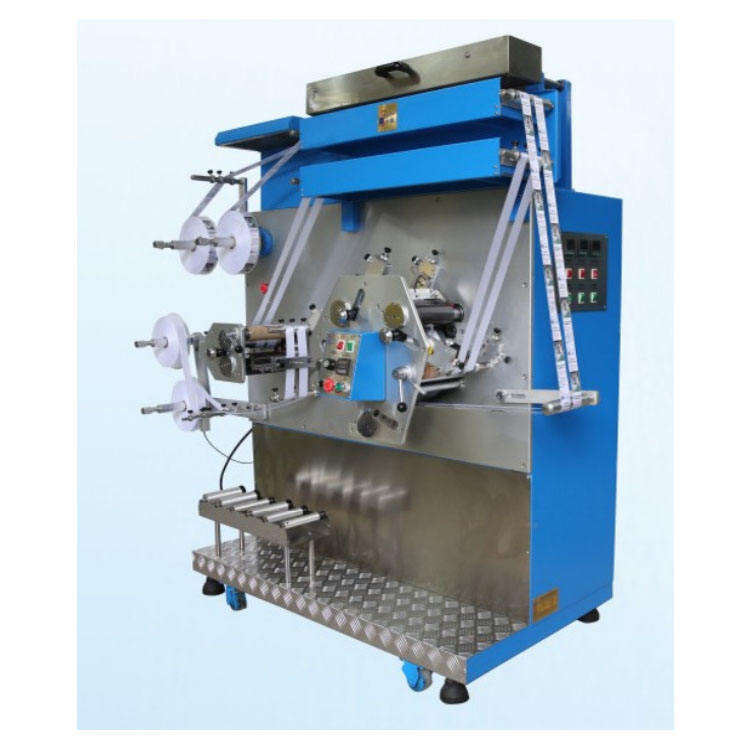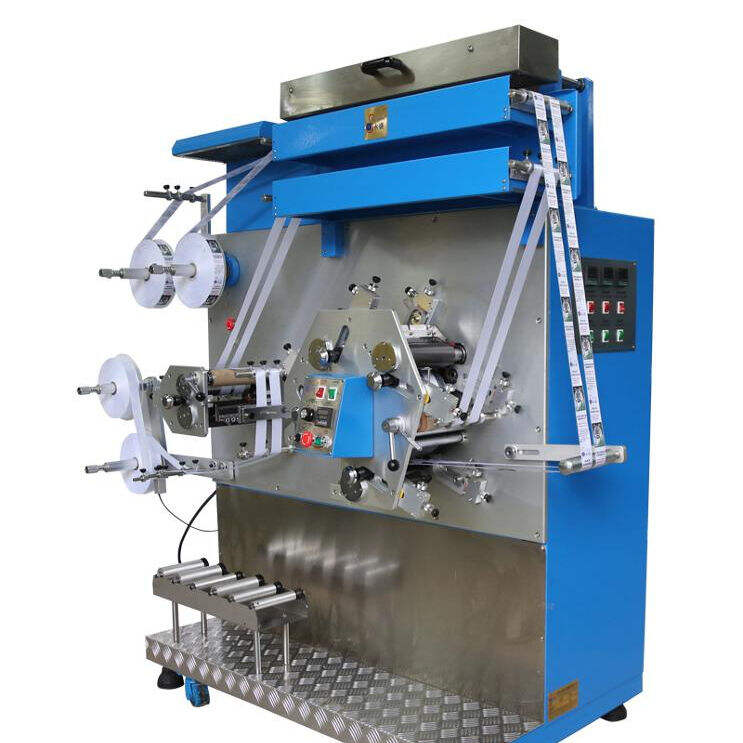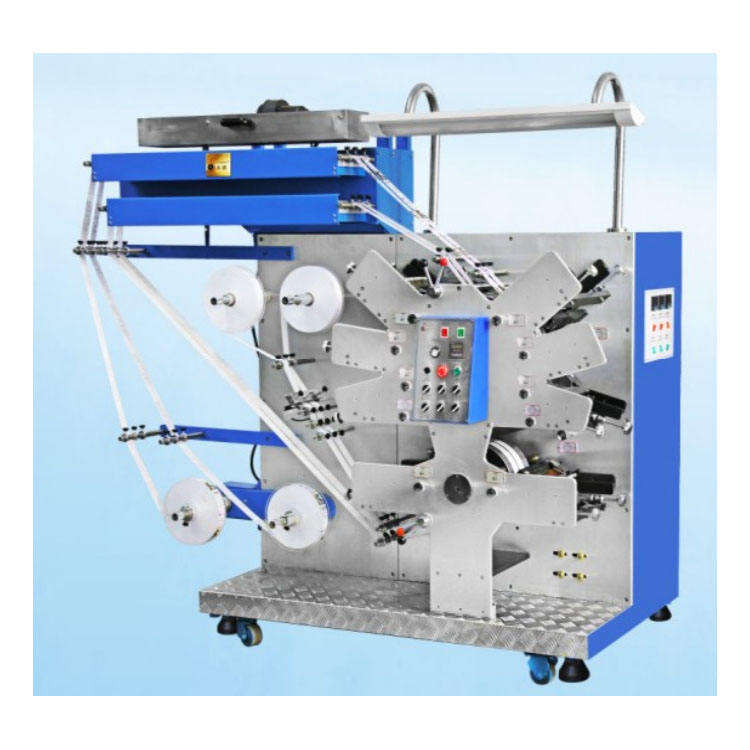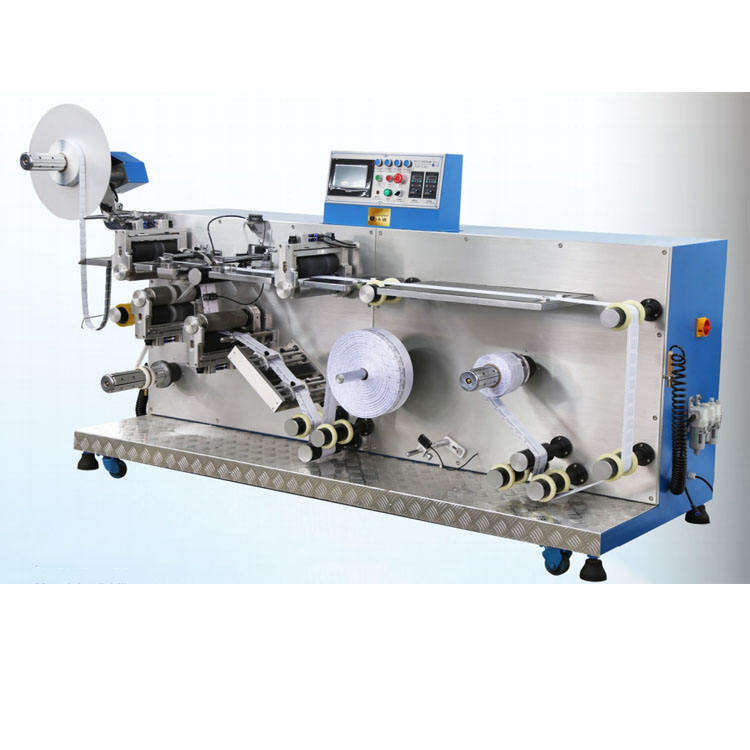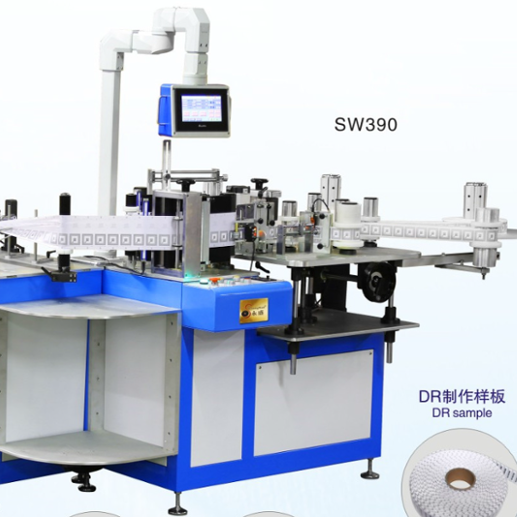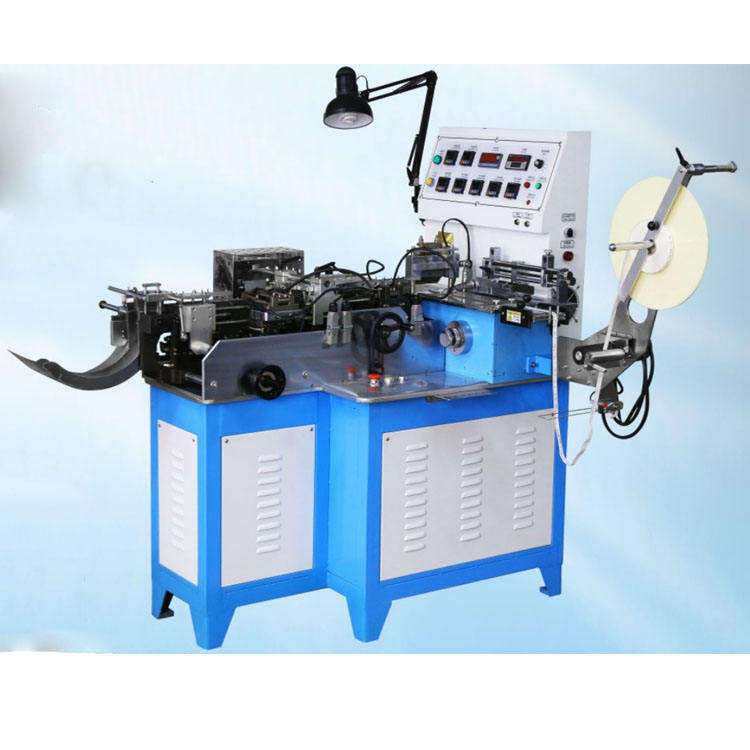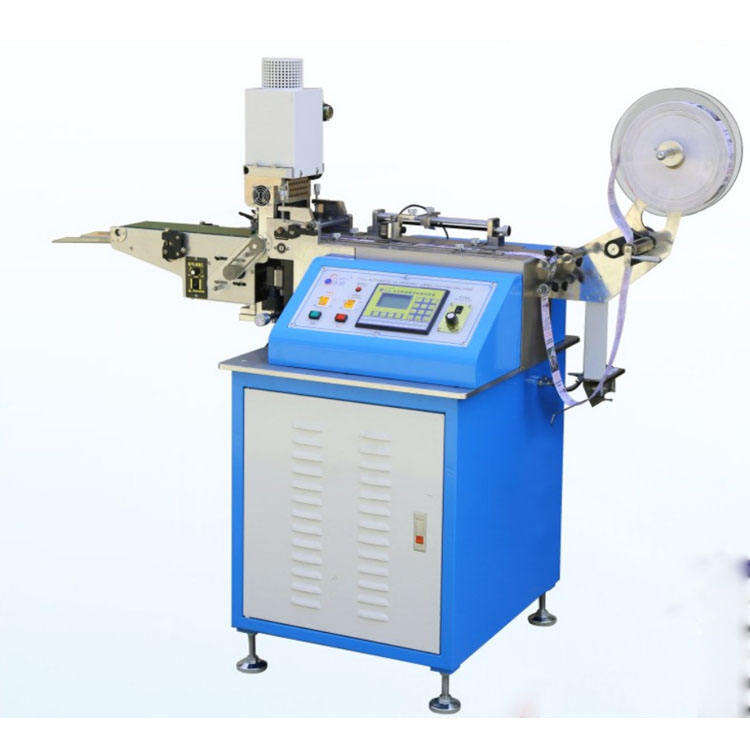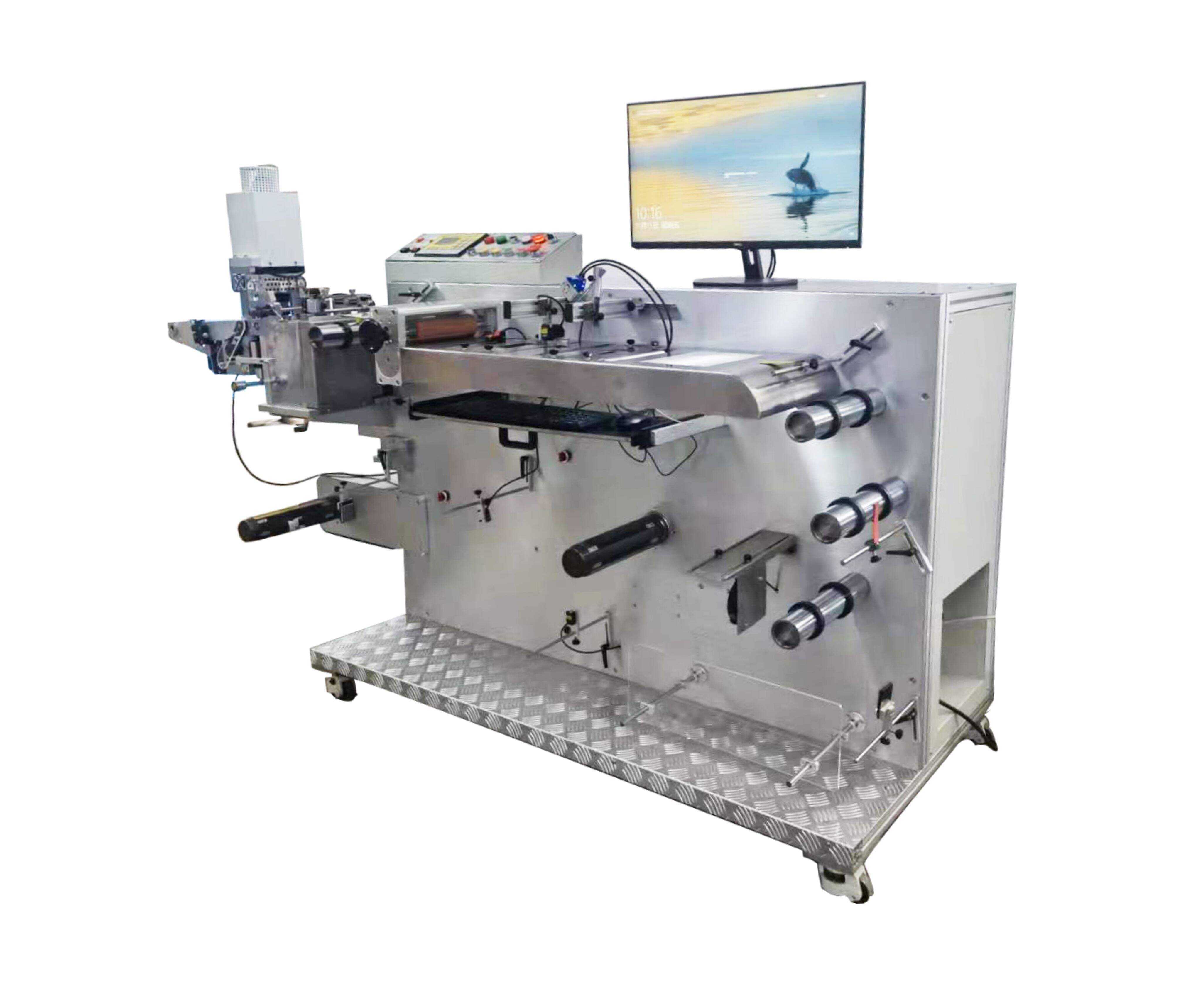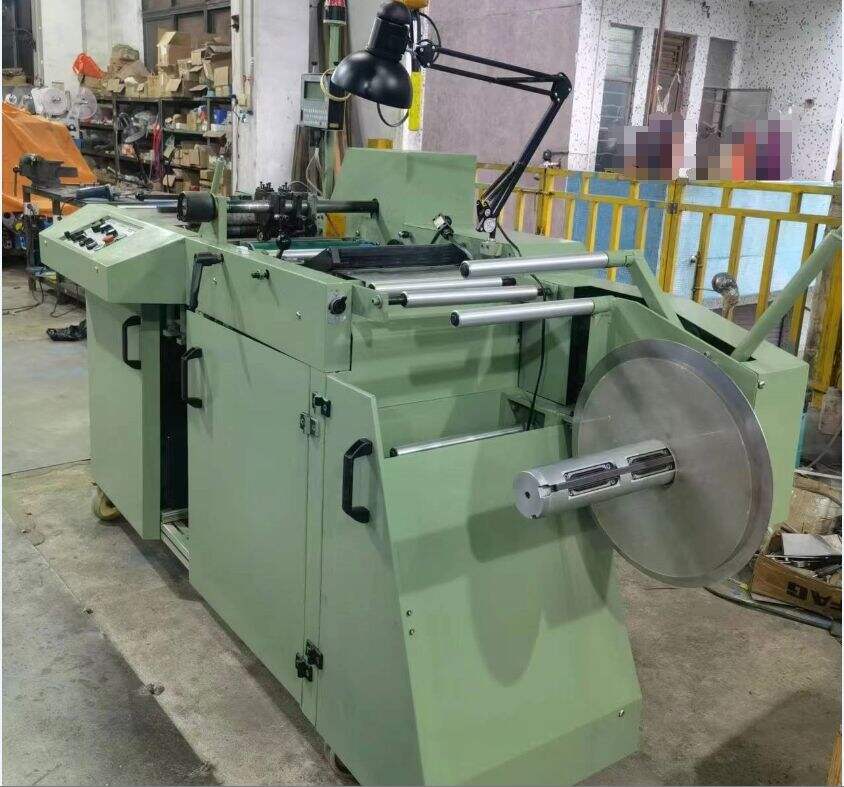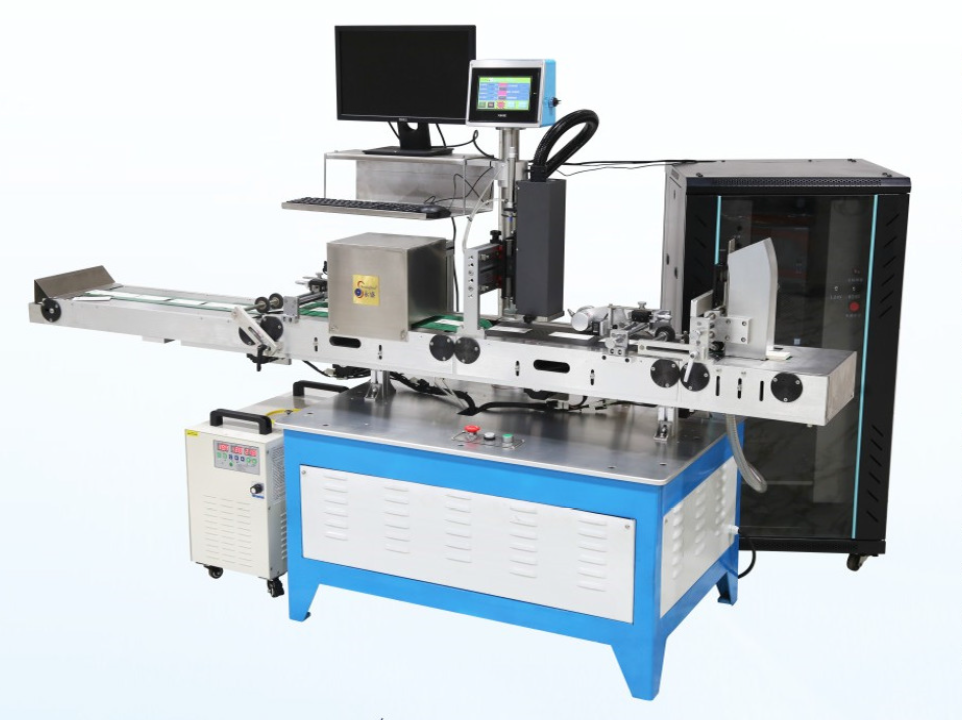Reducing Material Waste with Advanced Offset Printing Technology
How Advanced Offset Printing Technology Reduces Material Waste
Precision Ink Application for Minimal Excess
Advanced offset printing technology utilizes precision ink application techniques to drastically reduce material waste. Techniques such as anilox rollers and inkjet heads ensure that only the exact amount of ink required for each job is used, minimizing overspray and spillage. This precision helps printers achieve the necessary coverage without superfluous ink, effectively optimizing resources. Research indicates that these precision applications can lead to a reduction of up to 30% in ink waste, which translates into cost savings and a lessened environmental impact. Furthermore, real-time monitoring software is employed to control ink flow and maintain consistency, further contributing to the reduction of excess ink usage.
Automated Workflows to Optimize Substrate Usage
Automated workflows revolutionize how substrate usage is optimized in offset printing. These workflows streamline setup processes, allowing for quicker configuration and reducing scrap material generated during job changes. By utilizing algorithms that calculate optimal print layouts, automated systems maximize material usage and minimize leftover substrates. This not only ensures efficient usage of materials but also reduces waste. Industry studies have shown that adopting automated workflows can lead to a substrate waste reduction of approximately 25%. For businesses, this waste reduction means lower operational costs and a more sustainable printing operation.
Key Features of Modern Offset Printing Systems
High-Speed Multi-Color Registration Capabilities
Modern offset printing systems are equipped with high-speed capabilities tailored to enhance productivity and efficiency. These advancements enable businesses to conduct longer print runs at a faster pace without sacrificing quality. A vital feature of these systems is the integration of automated registration technology, which guarantees precise color alignment essential for brand consistency. This meticulous attention to color accuracy significantly reduces the necessity for costly reprints. Statistical data supports that high-speed systems can curtail cycle times by up to 40%, thus markedly decreasing labor costs and operational downtime. Such advancements in printing technology not only bolster productivity but also optimize resource usage, paving the way for enhanced operational efficiency.
Digital Integration for Error Reduction
Digital integration within offset printing systems plays a pivotal role in minimizing production errors, leading to improved output quality. The incorporation of real-time feedback mechanisms and correction tools significantly diminish human error. With predictive analytics and sophisticated error-detection software, companies can proactively identify and address faults before they adversely affect the print outputs. Adopting digital solutions for fault corrections has demonstrated an ability to elevate overall print quality while concurrently reducing waste generation—a stride towards sustainable printing practices. By embracing these digital tools, businesses not only ensure superior print quality but also contribute to environmental conservation by minimizing material waste.
Sustainable Advantages of Offset Lithography
Longer Plate Lifespan Compared to Analog Methods
Offset lithography presents a substantial advantage with its longer plate lifespan compared to traditional analog methods. Offset lithography plates are engineered for durability, significantly outlasting their analog counterparts. On average, a modern offset plate can manage up to 100,000 impressions. In contrast, analog methods fall short, making this a pivotal factor in decreasing material waste. This longevity not only translates into fewer plates being produced and disposed of but also aids in cost reduction and environmental impact mitigation. By adopting advanced plate technologies, businesses can achieve considerable cost savings while simultaneously maintaining a smaller environmental footprint, a crucial aspect in today's sustainability-focused market.
Water-Based Ink Compatibility for Eco-Friendly Operations
Offset lithography also benefits from the use of water-based inks, a shift driven by the demand for sustainable printing solutions. These inks significantly reduce harmful volatile organic compound (VOC) emissions during the printing process. Aside from their environmental benefits, water-based inks enhance the print quality, offering vibrancy and color depth without compromise. Research shows that the carbon footprint of the printing process can be reduced by up to 50% by adopting water-based inks. This compatibility makes offset lithography an ideal choice for companies looking to minimize their environmental impact while providing superior print outputs.
Fast Speed Fabric Printing Machine: Waste-Reducing Solution
High-Efficiency Multi-Color Printing System
The Fast Speed Printing Machinery Fabric Printing Machine integrates a high-efficiency multi-color printing system, enabling the simultaneous printing of multiple hues in a single run, which significantly accelerates the process. This functionality not only reduces the setup times required for color switchover but also minimizes the resultant waste. By streamlining the color changeover process, the machine contributes to substantial fabric waste reduction—potentially lowering fabric scraps by up to 30% per run. Such innovations are central to meeting the demands of high-volume fabric printing enterprises keen on optimizing productivity while promoting sustainability.
Digital Control for Precision Pattern Alignment
Utilizing advanced digital control systems, the machine ensures precise pattern alignment during the fabric printing process. These sophisticated controls accurately manage design placement, cutting down on errors and misalignments that typically result in material wastage. Through predictive software, operators can foresee and adjust possible mismatches, leading to significant reductions in waste. Notably, case studies reveal pattern alignment improvements of up to 95% using these digital technologies, underscoring the machine's efficacy in achieving both accuracy and efficiency in large-scale fabric printing operations.
Energy-Saving Design Features
The Fast Speed Printing Machinery Fabric Printing Machine is equipped with energy-saving features that not only reduce operational costs but also aid in the reduction of waste. These features include optimized heating and cooling systems that lower energy consumption throughout the printing process. The commitment to energy efficiency aligns with broader environmental goals; it is estimated that such machines can achieve a reduction in greenhouse gas emissions by as much as 20%. By investing in energy-efficient printing technology, facilities can significantly decrease their carbon footprint while maintaining competitive production efficiencies, offering a sustainable path forward for the textile industry.
Real-World Applications in Sustainable Packaging
Case Study: Retail Brand Waste Reduction
A compelling case study involving a leading retail brand underscores the effectiveness of advanced offset printing technologies in reducing packaging waste. By transitioning to modern offset printing techniques, the brand achieved an impressive 35% decrease in material waste within the first year of implementation. This significant reduction was largely attributed to the precision and efficiency of offset printing, which minimizes excess materials during production processes. Furthermore, the adoption of best practices in offset printing not only assisted the brand in achieving its sustainability goals but also enhanced its reputation among consumers committed to environmentally responsible choices.
Adapting Offset Tech for Recycled Materials
Utilizing offset printing technology for recycled materials offers a promising opportunity to diminish the reliance on virgin resources. Offset printing is well-suited to work efficiently with a variety of recycled substrates, thereby maintaining high product quality while supporting sustainability. Research has supported this technological compatibility, demonstrating how companies can leverage recycled paper and cardboard effectively. Examples from businesses successfully adapting these methods illustrate a reduction in environmental impact, showcasing a commitment to eco-friendly practices. Such implementations promote a circular economy by fostering the reuse of materials and diminishing overall resource consumption, presenting a viable pathway toward sustainable production solutions.
FAQ
Q: How does precision ink application help reduce waste?
A: Precision ink application techniques such as anilox rollers and inkjet heads ensure the exact amount of ink is used, minimizing overspray, spillage, and excess usage, resulting in reduced waste.
Q: What role do automated workflows play in material optimization?
A: Automated workflows streamline setup processes, optimize print layouts using algorithms, and reduce scrap material during job changes, effectively cutting down substrate waste by approximately 25%.
Q: Can offset lithography be considered eco-friendly?
A: Yes, offset lithography is eco-friendly due to its longer plate lifespan, reducing plate waste, and its compatibility with water-based inks, which lower volatile organic compound (VOC) emissions.
Q: Are there examples of companies reducing environmental impact with offset printing?
A: Yes, many companies have adopted offset printing with recycled materials, enhancing product quality and supporting sustainability by reducing their reliance on virgin resources.
Recommended Products
Hot News
-
Reflect On The Cultural Significance Of The Printing Press In Preserving And Disseminating Knowledge
2023-12-08
-
The Role Of The Printing Press In The Global Economy
2023-12-08
-
Environmental Impact: Analyzing The Environmental Footprint Of The Printing Industry
2023-12-08
-
The Frontier Of Printing: 3d Printing And Its Industrial Renaissance
2023-12-08
-
The Evolution And Impact Of The Printing Press
2023-12-08
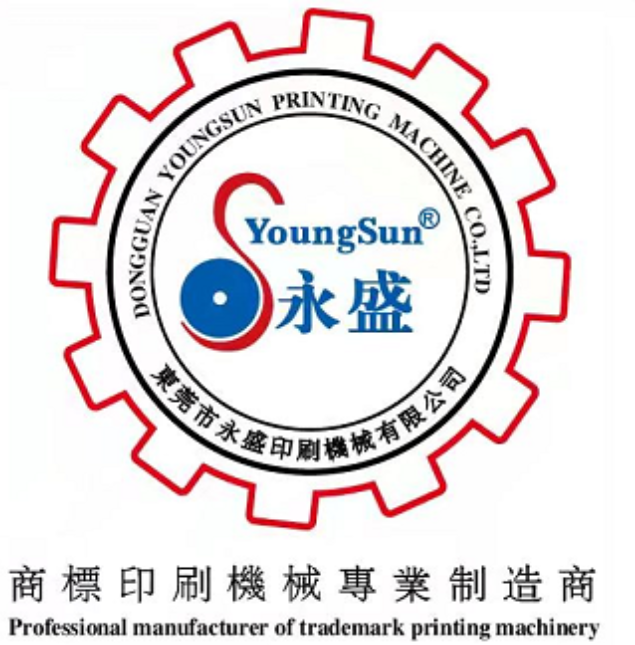
 EN
EN
 AR
AR
 CS
CS
 DA
DA
 NL
NL
 FI
FI
 FR
FR
 DE
DE
 EL
EL
 HI
HI
 IT
IT
 JA
JA
 KO
KO
 PL
PL
 PT
PT
 RO
RO
 RU
RU
 ES
ES
 SV
SV
 IW
IW
 ID
ID
 VI
VI
 SQ
SQ
 HU
HU
 MT
MT
 TH
TH
 TR
TR
 AF
AF
 GA
GA
 BN
BN
 BS
BS
 LO
LO
 LA
LA
 MI
MI
 MN
MN
 NE
NE
 MY
MY
 KK
KK
 UZ
UZ
 KY
KY
